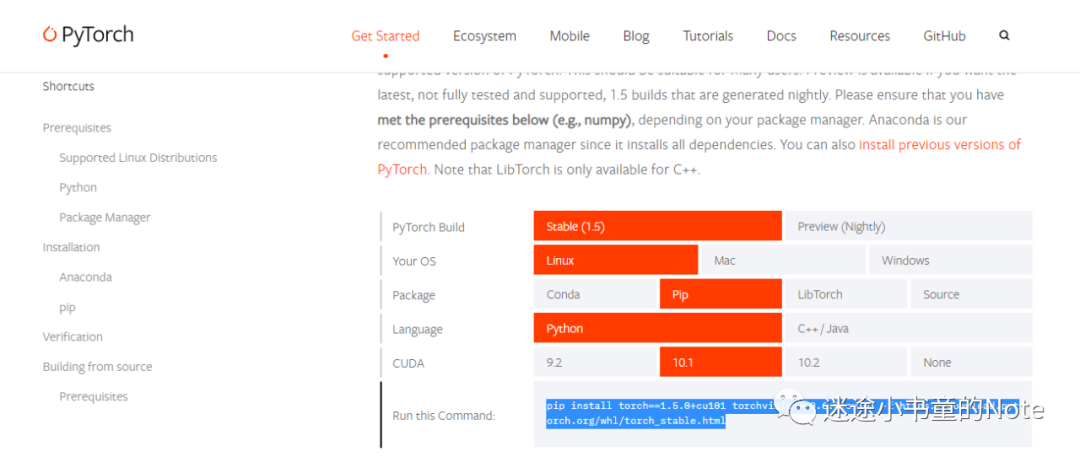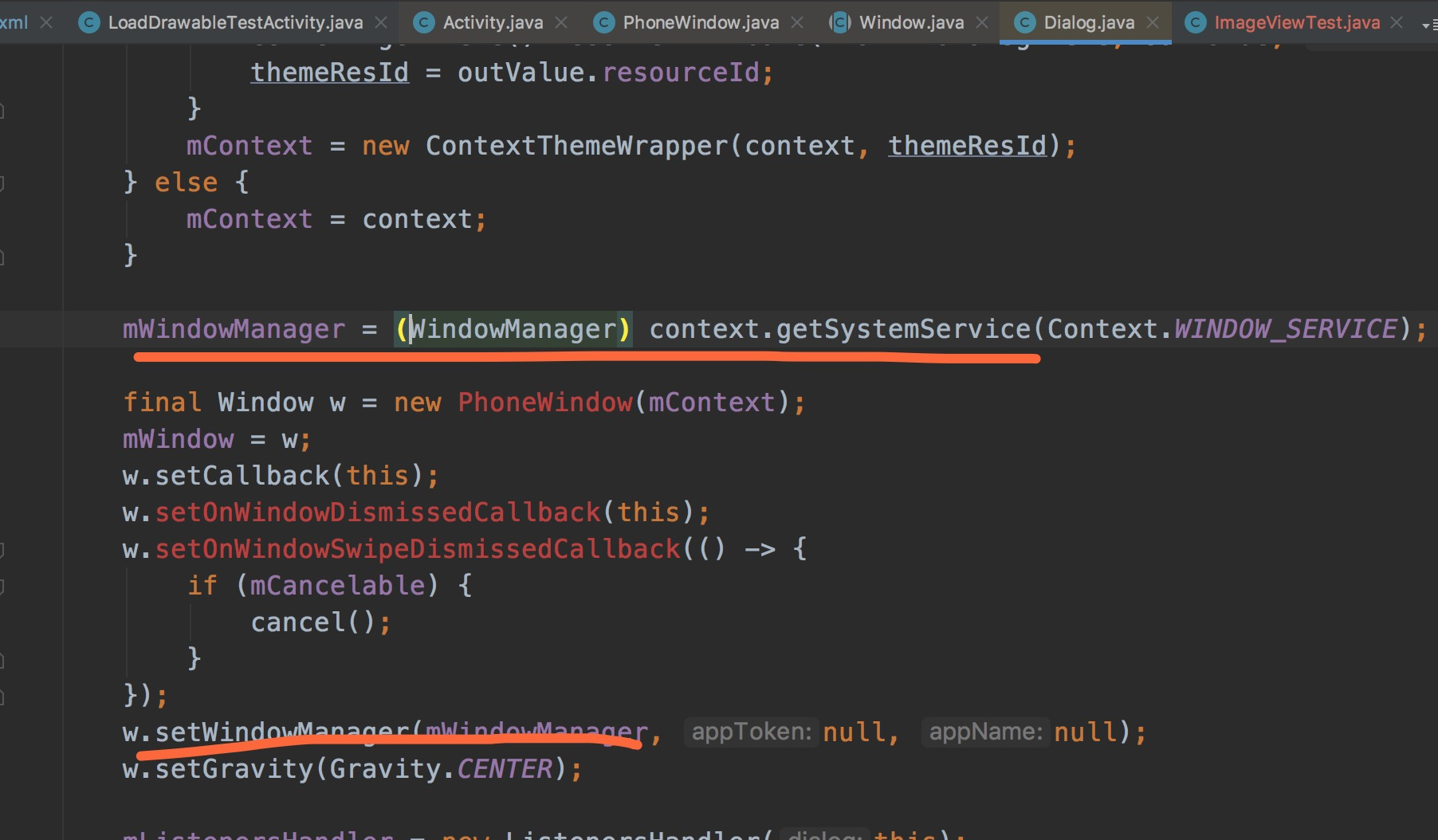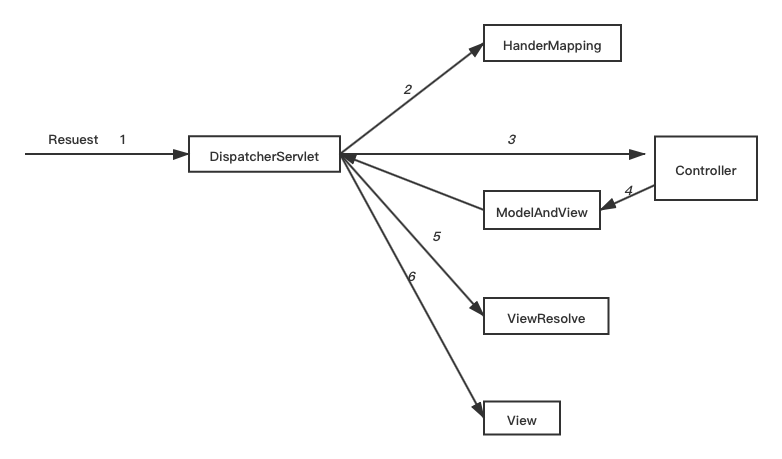I'm working on a django 1.9 project.
With Django 1.7.7, login functionnalities was working, but now all the time I have : registration/login.html : Template Does Not Exist
The templates login.html, logout.html are present in 'webgui/template/registration/' and I didn't modified them.
Here some of my settings.py :
INSTALLED_APPS = [
'django.contrib.admin',
'django.contrib.auth',
'django.contrib.contenttypes',
'django.contrib.sessions',
'django.contrib.messages',
'django.contrib.staticfiles',
'webgui',
]
MIDDLEWARE_CLASSES = [
'django.middleware.security.SecurityMiddleware',
'django.contrib.sessions.middleware.SessionMiddleware',
'django.middleware.common.CommonMiddleware',
'django.middleware.csrf.CsrfViewMiddleware',
'django.contrib.auth.middleware.AuthenticationMiddleware',
'django.contrib.auth.middleware.SessionAuthenticationMiddleware',
'django.contrib.messages.middleware.MessageMiddleware',
'django.middleware.clickjacking.XFrameOptionsMiddleware',
]
ROOT_URLCONF = 'project.urls'
TEMPLATES = [
{
'BACKEND': 'django.template.backends.django.DjangoTemplates',
'DIRS': [],
'APP_DIRS': True,
'OPTIONS': {
'context_processors': [
'django.template.context_processors.debug',
'django.template.context_processors.request',
'django.contrib.auth.context_processors.auth',
'django.contrib.messages.context_processors.messages',
],
},
},
]
DATABASES = {
'default': {
'ENGINE': 'django.db.backends.sqlite3',
'NAME': os.path.join(BASE_DIR, 'NCIS.db'),
}
}
STATIC_URL = '/static/'
LOGIN_REDIRECT_URL = '/login/'
LOGOUT_URL = '/logout/'
DIRS = (
join(BASE_DIR, 'webgui/template/registration'),
join(BASE_DIR, 'webgui/template/')
)
And my urls.py :
from django.conf.urls import url
from django.contrib import admin
from django.contrib.auth.views import login, logout
import webgui.views
urlpatterns = [
url(r'^admin/', admin.site.urls),
url(r'^$', login, name='login.html'),
url(r'^login/$', login, name='login.html'),
url(r'^logout/$', logout, name='logout.html'),
url(r'^homepage/$', webgui.views.homepage),
url(r'^addproject/$', webgui.views.addproject)
]
What's wrong? I checked the Django docs, but that's the default behaviour.





